Maritime component of China’s strategic nuclear forces
Missile submarines
According to known data, currently in the PLA Navy there are about a dozen SSBNs and one experimental diesel-electric submarine capable of carrying SLBMs. The exact size of the marine component is unknown due to the general atmosphere of secrecy inherent to the PLA. Nevertheless, from time to time various data appear that clarify the situation.
Submarines of all classes can be used as part of all naval fleets. All such associations have their own bases for submarines. Accurate data on the registration of specific SSBNs to naval bases are not available.
The oldest representative of the Chinese SSBNs is the Xia ship (w / o 406) - the only representative of the 092 project. This boat was laid in the 1978 year and launched in the 1981. For a number of technical and other reasons, the submarine was commissioned only in 1987 year. In the past, it has repeatedly undergone repairs and upgrades, which allows it to continue its operation until now.
The 092 project envisages the construction of SSBNs with a total displacement of 8 thousand tons of 120 meters. The power plant is built on the basis of a nuclear reactor and two steam units; power is delivered to a single propeller. The boat reaches speeds up to 22 nodes and descends to a depth of 300 m. Crew - 100 people.
Six torpedo tubes of caliber 533 mm are placed in the nose compartment of the SSBNS “Xia”. The main weapons are 12 JL-1A missiles in mine launchers, located behind the deckhouse. Due to the long length of rockets and installations, the boat hull is supplemented with a characteristic superstructure.
The basis of the naval component of the SNF are SSBNs 094 Ave, also known as Jin. This project was created in the nineties to replace "092", and in 1999-m started the construction of the lead ship with b / n 409. This boat was introduced into the Navy in 2004 year. According to various foreign sources, at least 4-5 SSBN Ave 094 has been built and put into operation. By 2020 a year or later, their numbers will be brought to eight. Thus, the Jin submarines have already become the basis of the naval component of the SNF and will retain this status in the future.
The 094 SSBNs are similar to an enlarged version of the previous 092. With a length of 135 m, they have a displacement of 11 KT. The same architecture of the power plant is used. Underwater speed reaches 26 knots, working depth - 300 m. Crew increased to 120 people.
The 094 project retained six nose torpedo tubes of the 533 caliber mm. Behind the cabin, a hump is again placed on the hull, under which there are 12 launchers. Jin boats should use modern JL-2 SLBMs.
In the context of ballistic missile carrier submarines, it is necessary to recall the experimental ship 032 Avenue "Qing". This is a diesel-electric submarine, created on the basis of one of the older models, designed to test and refine new systems and weapons. The only ship project 032 began service in the year 2012. In 2017, the upgrade was completed, after which the boat can carry and use weapon new types.
The submarine has a displacement of more than 6600 tons and a length of more than 90 m. Diesel-electric power plant provides a speed of no more than 14-15 nodes with a limited cruising range. Crew - 88 man, autonomy - 30 day.
In the nose compartment of the boat "Qing" are two torpedo tubes caliber 533 and 650 mm. Inside the cabin and its fences there are three vertical launchers for SLBMs. In the forward part of the hull there are four similar devices for cruise missiles. Such equipment is used to test all new types of torpedo and missile weapons. Combat use of diesel-electric submarines of the 032 project is not envisaged.
There is information about the start of construction of new SSBNs of the 096 "Tan" project. They will be much larger and heavier than their predecessors, which will allow them to carry a greater number of ballistic missiles. It is expected that the first ships of this type will be commissioned no earlier than 2020 of the year. In the future, serial construction can be arranged, according to the results of which Tans will become the most massive SSBNs in the Chinese Navy.
According to various sources, pr. 096 provides for the construction of a boat up to 150 m in displacement up to 18-20 thousand tons. The expected increase in speed and working depths. By increasing the size of the submarine can carry up to 20-24 launchers under SLBMs JL-2 or JL-3.
Rockets for submarines
In service with the Chinese Navy consists of two types of ballistic missiles for submarines. The third product recently went into flight test trials and will go into arsenals only in the distant future. All Chinese SLBMs are created as part of a single family called Juilan.
The Xia Submarine is the sole carrier of the Juilan-1 / JL-1 rocket. This SLBM was developed in the late seventies, and its first launch took place in 1982. In the eighties, such missiles were mass-produced and delivered to naval warehouses. According to some estimates, the JL-1 later served as the basis for the land-based DF-21 rocket. The current status of the Juylan-1 missiles is unclear. Since the beginning of this decade, foreign sources have been talking about the possible abandonment of such weapons due to moral and physical obsolescence. JL-1 may have been decommissioned and disposed of by now.
The JL-1 rocket has a length of 10,7 m and an external diameter of 1,4 m, the starting weight is 14,7 t. The product is constructed according to a two-stage scheme and equipped with solid-fuel engines. Drop weight - 600 kg; used nuclear warhead power up to 500 CT. The range of the first version of the JL-1 SLBM reached 1700 km. In the project of modernization of JL-1A, this parameter was brought to 2500 km.
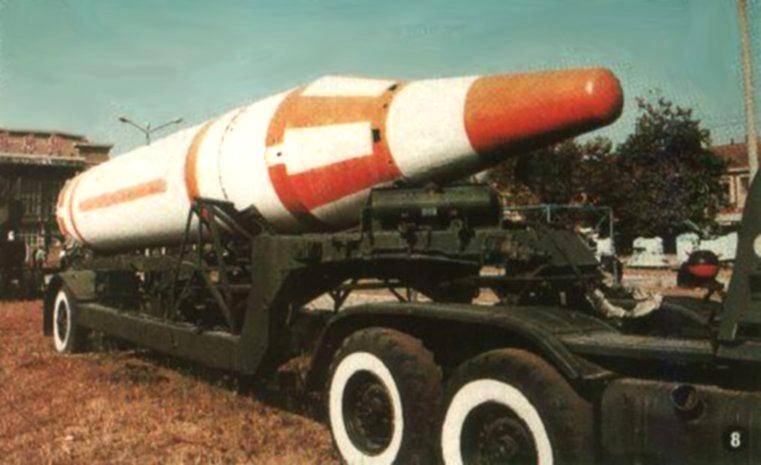
Ballistic missile JL-1 on the conveyor. Photo by Fas.org
The main SLBM of the marine component of China’s SNF is the Junlan-2 product, which has been developed since the early nineties. According to some reports, the sea rocket JL-2 was created on the basis of the land DF-31. Tests of such a rocket started in 2001 year, and in 2004-m, it was put into service. Now it is used by the SSBN Ave 094, and in the future they will be joined by new boats of the 096 Ave.
JL-2 is a three-stage solid-fuel rocket with a single-piece head. The length of the rocket is increased to 13 m, the starting mass is 42 t. The firing range, according to various sources, is in the range from 7-8 to 10-12 thousand km. The power of the combat unit is up to 1 Mt. Assumptions are made about the possibility of creating a head section with blocks of individual guidance.
In November last year, the first test launch of the promising Juylan-3 SLBM took place. Exact data on this project is not yet available. It is assumed that the JL-3 is similar to the JL-2, but has higher performance. The firing range may exceed 9-10 thousand. Km. Apparently, such missiles will be used on advanced SSBN Ave 096. Ensuring compatibility with current 094 looks dubious.
Potential of the submarine fleet
It is not difficult to calculate the quantitative indicators of the marine component of China's strategic nuclear forces, and also to determine the qualitative characteristics. Currently, the Navy has only one SSBN, Project 092, and no more than eight submarines, Project 094. Promising ships of the “096” type have not yet been accepted into combat structure. The only experimental boat pr. 032 can not be considered in the context of combat use and real potential fleet.
Available forces allow the PLA Navy to simultaneously deploy an XLUMX JL-12A or a JL-1A medium-range SLBM to the 1, as well as no more than 96 of newer Ju-Lang-2 missiles. The release of the duty of the SSBNs with the latest JL-3 is out of the question. The total deployed missiles can carry 108 nuclear warheads with a capacity of up to 500-1000 kt and deliver at a distance of up to 2,5 or up to 8-10 thousand km.
The JL-1 (A) medium-range missile is no longer of special interest to the Navy and SNF. The limited range forces the submarine to approach the shores of the likely enemy and enter the area of antisubmarine defense. This is probably why, according to the 092 project, only one ship was built and, at the earliest opportunity, they went over to the JL-2 intercontinental SLBM carriers.
Foreign sources mention that the SSBN of the 094 Ave with the Juylan-2 SLBM also have limited potential. According to various estimates, the Chinese SSBNs are noisy, which simplifies their search, detection and destruction. China's SLBMs are also not perfect. So, they lack modern means of overcoming missile defense. However, specific and accurate data on the deficiencies of the boats and their weapons, for obvious reasons, are not available, and we are talking only about estimates and assumptions.
In the context of future rearmament with the use of the 096 Ave. boats and JL-3 missiles, the situation is similar. How exactly they will affect the naval component of the SNF is only known to the high command and the specialists involved in the projects.
At the moment, the maritime component is not the most numerous and powerful in the Chinese strategic nuclear forces, but quite suitable for solving the tasks. Measures are being taken to further its development, and the results will be obtained in the near future. Nevertheless, some serious questions remain unanswered, which do not allow a full assessment of the potential and future of both the marine component and the nuclear triad as a whole.
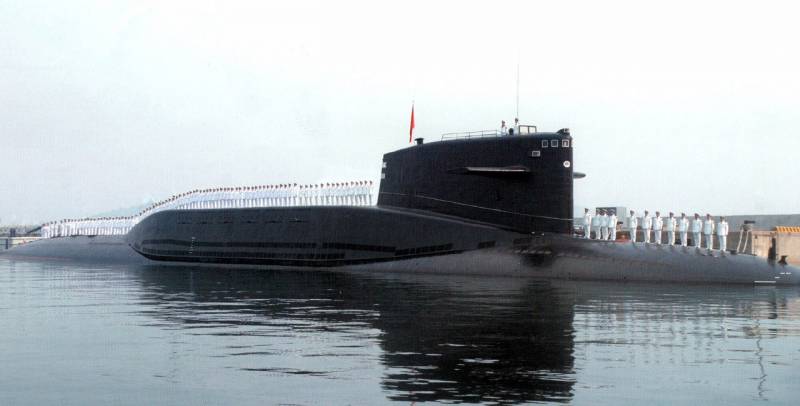
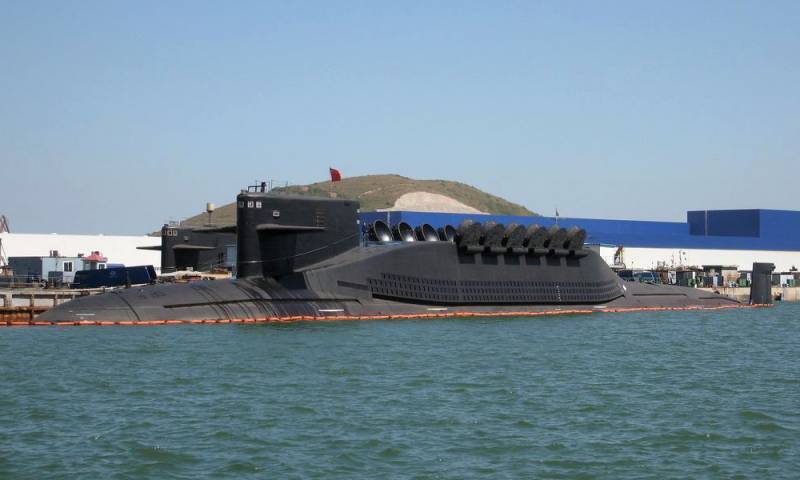
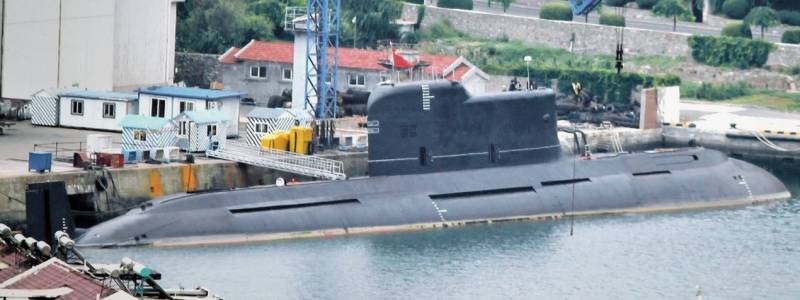
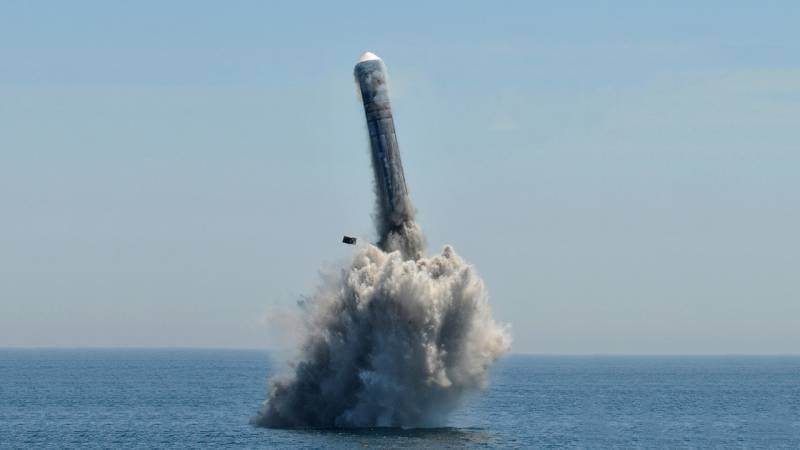
Information